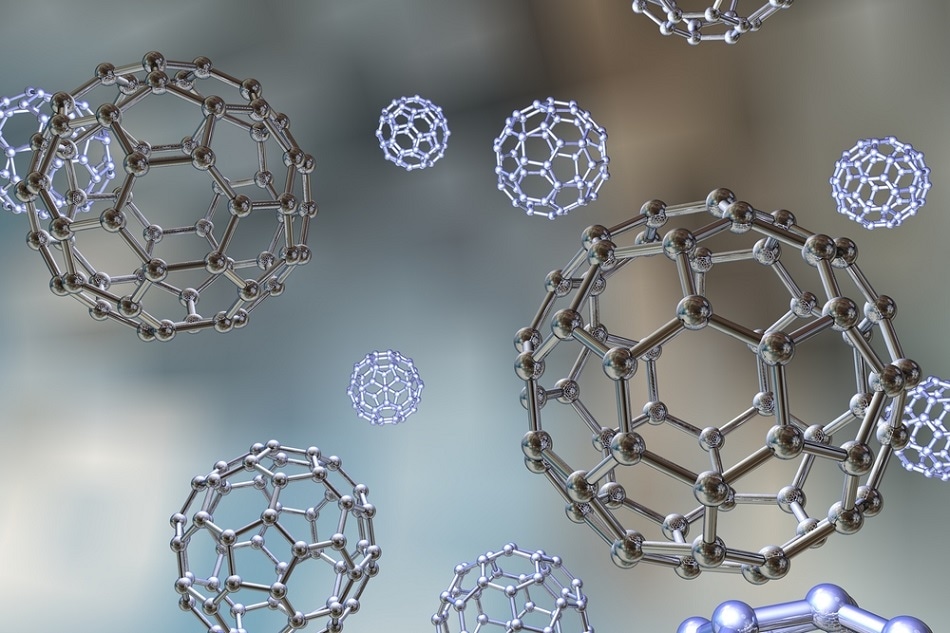Let us learn about fungi correctly




Penicillium chrysogenum.

1. What do you think of when you
hear the word “fungi”?
2. Fungi are neither animals nor
plants; they are also not bacteria.
3. This is why fungi are important.
4. The latest fungi news and trivia.
5. The role of fungi, more than degradation.
6. The future of fungi and humans.
 Loading…
Loading…

